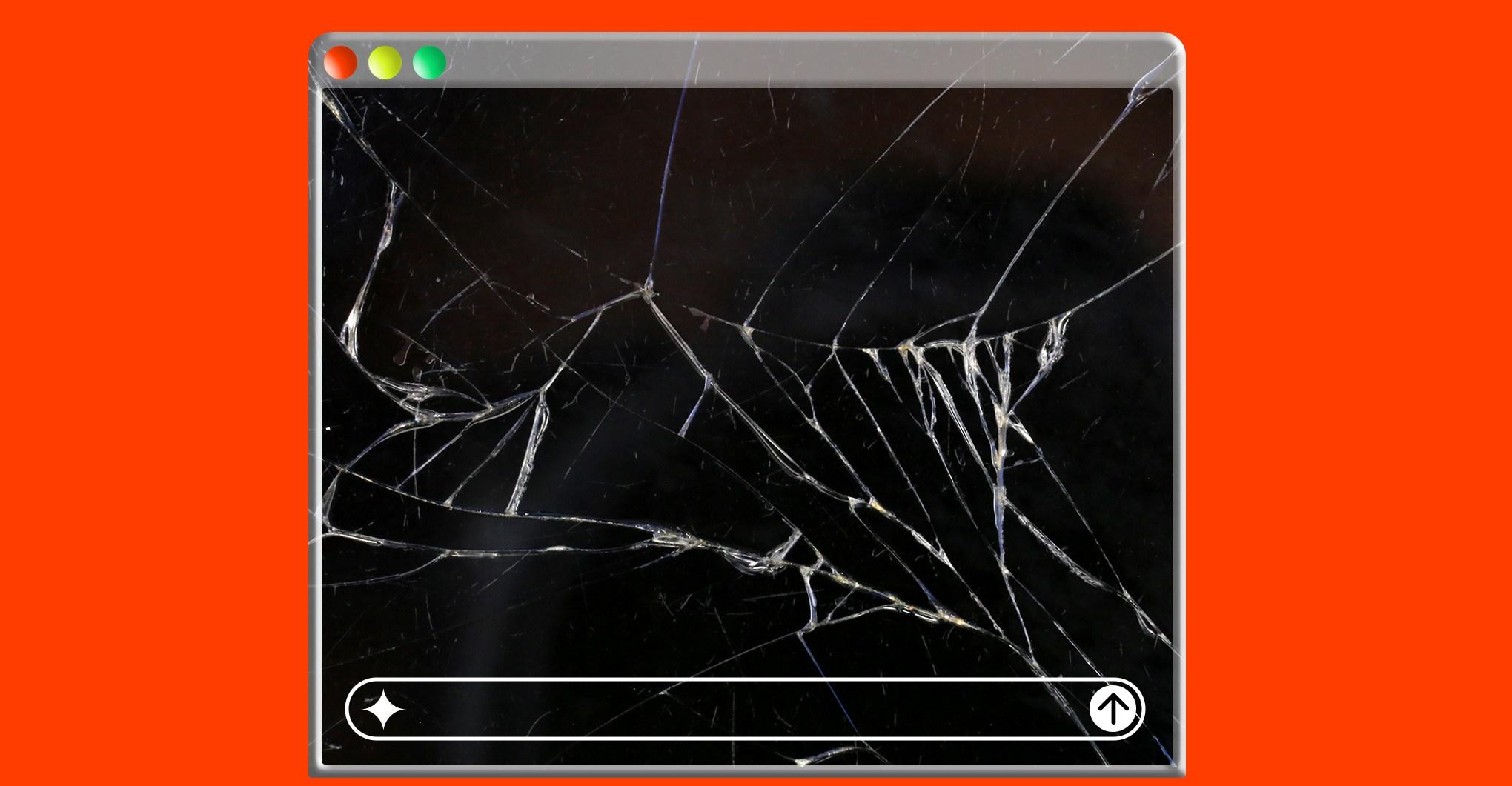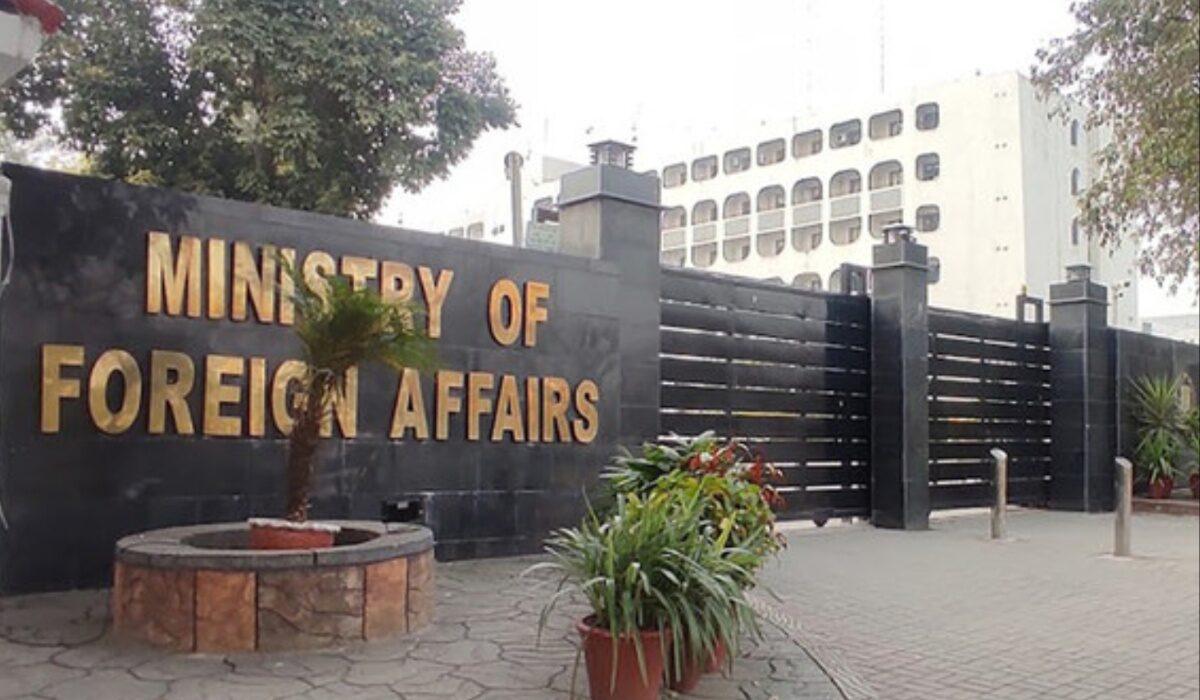- Home
- Technology
- News
US opts not to rebuild renowned Puerto Rico telescope
The solicitation does not include operational support for current infrastructure


San Juan: The National Science Foundation announced Thursday that it will not rebuild a renowned radio telescope in Puerto Rico, which was one of the world’s largest until it collapsed nearly two years ago.
Instead, the agency issued a solicitation for the creation of a $5 million education center at the site that would promote programs and partnerships related to science, technology, engineering and math. It also seeks the implementation of a research and workforce development program, with the center slated to open next year in the northern mountain town of Arecibo where the telescope was once located.
The solicitation does not include operational support for current infrastructure at the site that is still in use, including a 12-meter radio telescope or the Lidar facility, which is used to study the upper atmosphere and ionosphere to analyze cloud cover and precipitation data.
The decision was mourned by scientists around the world who used the telescope at the Arecibo Observatory for years to search for asteroids, planets and extraterrestrial life. The 1,000-foot-wide (305-meter-wide) dish also was featured in the Jodie Foster film “Contact” and the James Bond movie “GoldenEye.”
The reflector dish and the 900-ton platform hanging 450 feet above it previously allowed scientists to track asteroids headed to Earth, conduct research that led to a Nobel Prize and determine if a planet is potentially habitable.
“We understand how much the site has meant to the community,” said Sean Jones, assistant director for directorate of mathematical and physical sciences at NSF. “If you’re a radio astronomer, you’ve probably spent some time of your career at Arecibo.”
But all research abruptly ended when an auxiliary cable snapped in August 2020, tearing a 100-foot hole in the dish and damaging the dome above it. A main cable broke three months later, prompting the NSF to announce in November 2020 that it was closing the telescope because the structure was too unstable.
Experts suspect that a possible manufacturing error caused the cable to snap, but NSF officials said Thursday that the investigation is still ongoing.
Jones said in a phone interview that the decision to not rebuild the telescope comes in part because the U.S. government has other radar facilities that can do part of the mission that Arecibo once did. He added that the NSF also envisions a five-year maintenance contract to keep the site open, which would cost at least $1 million a year.
“This is a pivotal time. The education component is very important,” said James Moore, assistant director for education and human resource directorate at NSF.
He said by phone that one of the agency’s priorities is to make STEM more accessible and inclusive and that the proposed education center would fill that need.
“It’s a way to augment some of the things that young people are getting in their schools or not getting,” he said.
SOURCE: AP

The biggest mosquito-borne disease in the world has a cure. There’s just one problem
- 15 hours ago

Control’s action-RPG sequel launches in 2026
- 17 hours ago

Zillow’s short-sighted move to overlook climate risk
- 6 hours ago
Bollywood studio Bhansali Productions to sell future film music to Saregama India
- 3 hours ago
Former Punjab CM Manzoor Wattoo passes away at 86
- 3 hours ago

Young Leaders Conference 2025 highlights social stewardship on day two
- 13 minutes ago
Sabalenka named WTA Player of the Year for second straight season
- 3 hours ago
Bondi gunman’s Indian family had no knowledge of his radicalisation, Indian police say
- 3 hours ago

Why Republicans in Congress are turning against Trump
- 15 hours ago

Gold prices dip per tola in Pakistan, global markets
- 3 hours ago
Pakistan qualify for semi-final of under 19 Asia Cup cricket
- 8 minutes ago
FIFA hails 5M WC ticket requests amid backlash
- 16 hours ago








